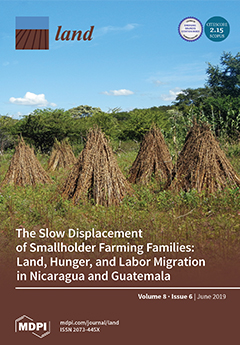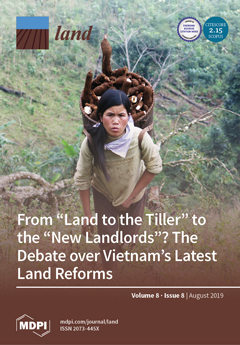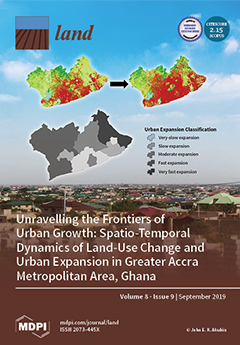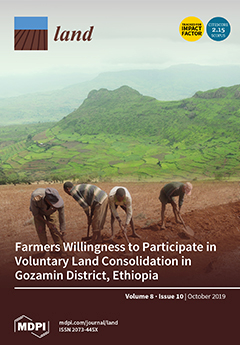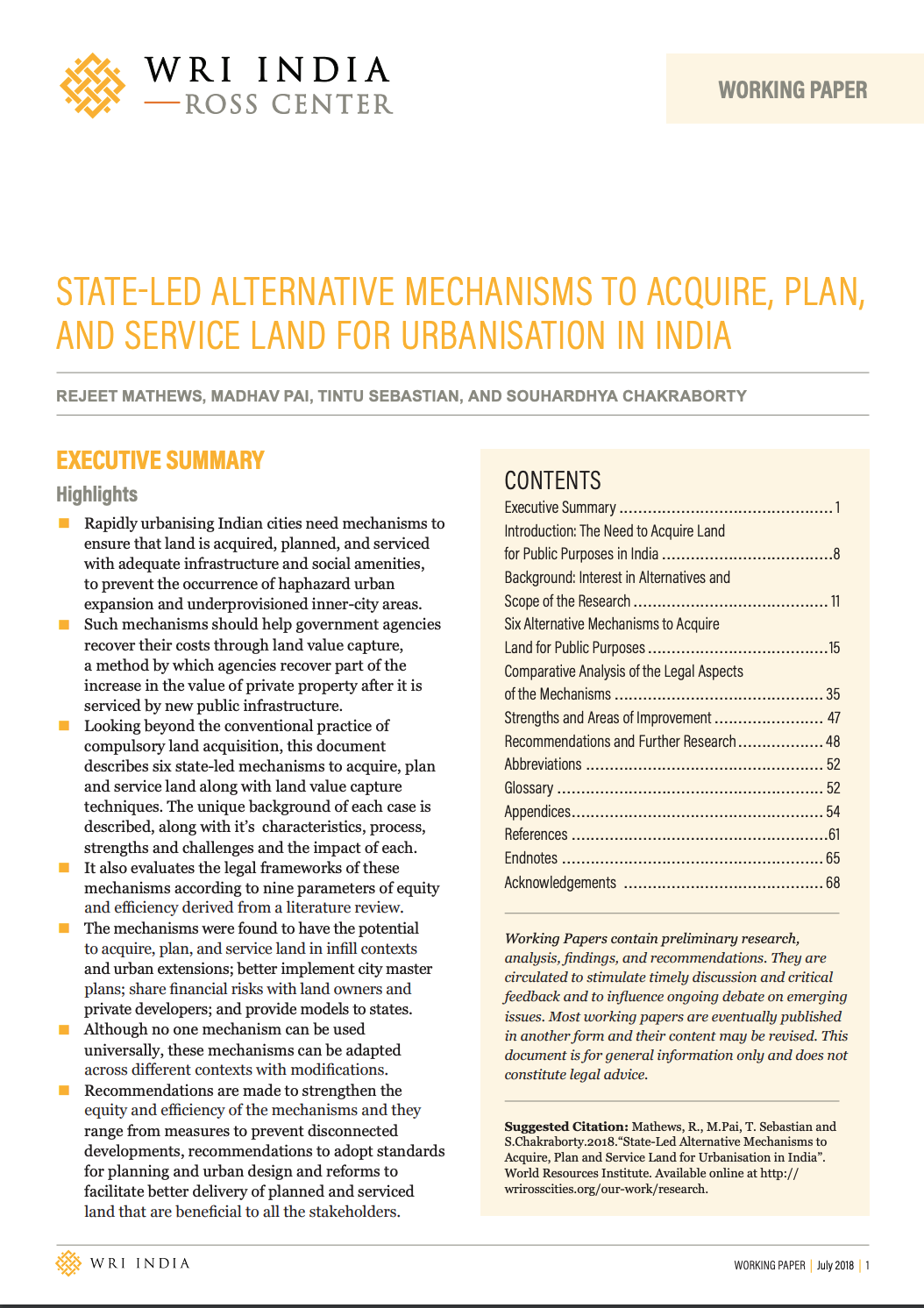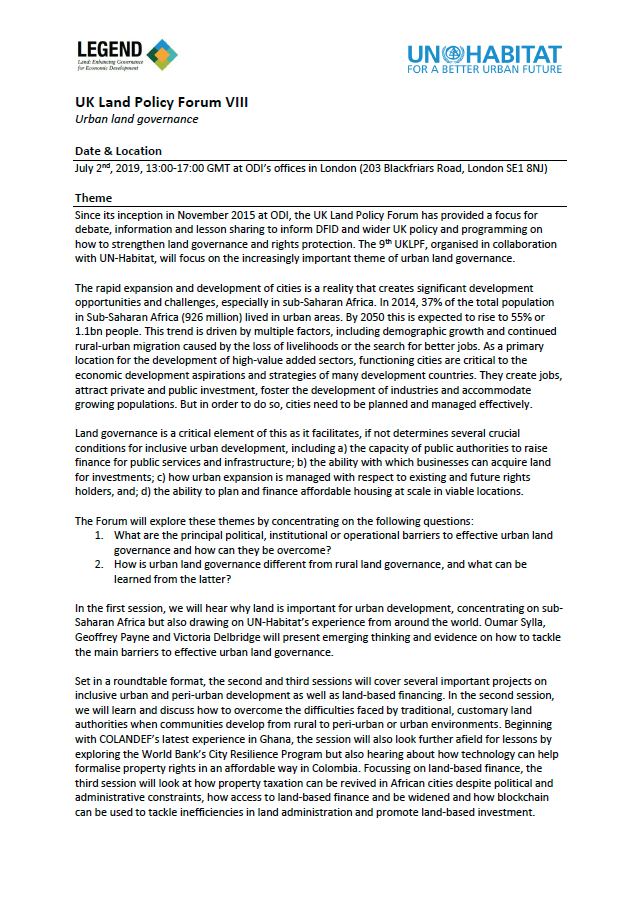The Impact of Rapid Urbanization and Public Housing Development on Urban Form and Density in Addis Ababa, Ethiopia
Urban development is occurring in many Sub-Saharan Africa cities and rapid urbanization is underway in the East African city of Addis Ababa, Ethiopia. In an effort to address urban poverty and increase homeownership opportunities for low and middle-income residents, the City Administration of Addis Ababa initiated a large-scale housing development project in 2005. The project has resulted in the completion of 175,000 units within the city with 132,000 more under construction.


